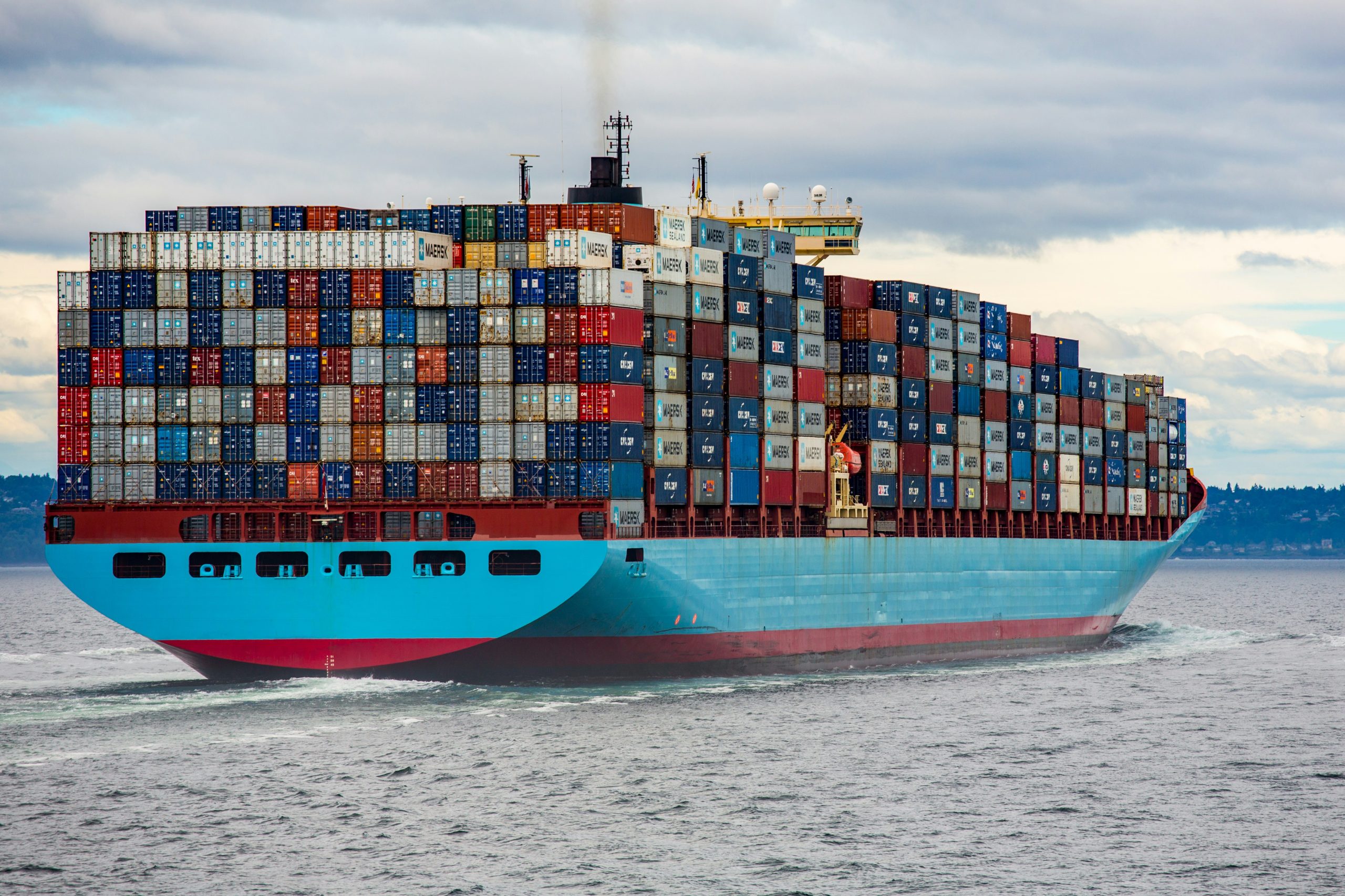Keeping on top of sanctions lists isn’t easy however, as new individuals are added and removed on a daily basis. Multiple issuing bodies exist, each with their own independent list. Additionally, the definition of what constitutes a sanction is in constant flux and is more open to interpretation than ever.
In this article, we outline best practices on sanctions screenings and provide advice on how you can overcome the biggest challenges.
A sanction is a punitive measure levied by a regulatory body in order to change behaviour or impede high-risk entities. These are usually either political or economic in nature, targeting fugitives that pose a risk to society.
More generally, sanctions aim to impede:
A sanctions list is a collection of individuals, groups and entities which are the subject of a sanction. As mentioned above, many issuing bodies exist and the nature of the lists can vary.
The European Union for example, provides a consolidated list of those who are subject to EU financial sanctions, while Interpol’s sanctions list targets international criminal fugitives.
Interestingly, the complexity of these lists is high because they detail not just the name of the individual but also recent locations, aliases and other ancillary data. In fact, the quantity of data involved is so vast that it becomes impossible to manually track on your own. Instead, specialised compliance solutions are needed which automate the sanction screening process.
Protecting your business from high-risk individuals has never been tougher. Why is that?
Sanction screenings play a vital role in protecting your business from high-risk individuals. They are the first line of defence, allowing you to identify criminal fugitives before doing business with them. Those who have been found guilty of criminal activity are constantly on the lookout for platform
Failing to identify such customers preemptively can have devastating consequences. If you’re business was to unwittingly aid the work of terrorists or money launderers it would likely spell the end.
Primarily, the term “sanctions screening” describes the process of checking whether a customer is named on a sanctions list. That being said, sanctions screenings increasingly need to be more sophisticated, even checking if customers are affiliated with those who are listed.
The check itself can be done manually, by entering a name into an online search tool. These are known to be unreliable however, and this approach is not feasible for businesses with a significant number of customers.
Instead, most platforms go with a specialized compliance solution which automatically screens prospective customers and flags high-risk individuals preemptively.
For growing businesses, manual sanction screenings are not a feasible solution. Instead, a programmatic approach is required, which manages to identify high-risk individuals among the growing number of trustworthy customers.
Of course this requires sophisticated compliance software, capable of applying a risk-based scoring mechanism and then producing actionable results. Here are a few of the most important features:
Could your platform benefit from sophisticated AML sanction screenings? Then get in touch.
 How to be compliant with KYC AML regulations in the Post-AI Age
How to be compliant with KYC AML regulations in the Post-AI Age How to Perform KYC on Offshore Companies
How to Perform KYC on Offshore Companies Maintaining KYC, AML & CTF Compliance across Multiple Jurisdictions for Crypto Firms
Maintaining KYC, AML & CTF Compliance across Multiple Jurisdictions for Crypto Firms